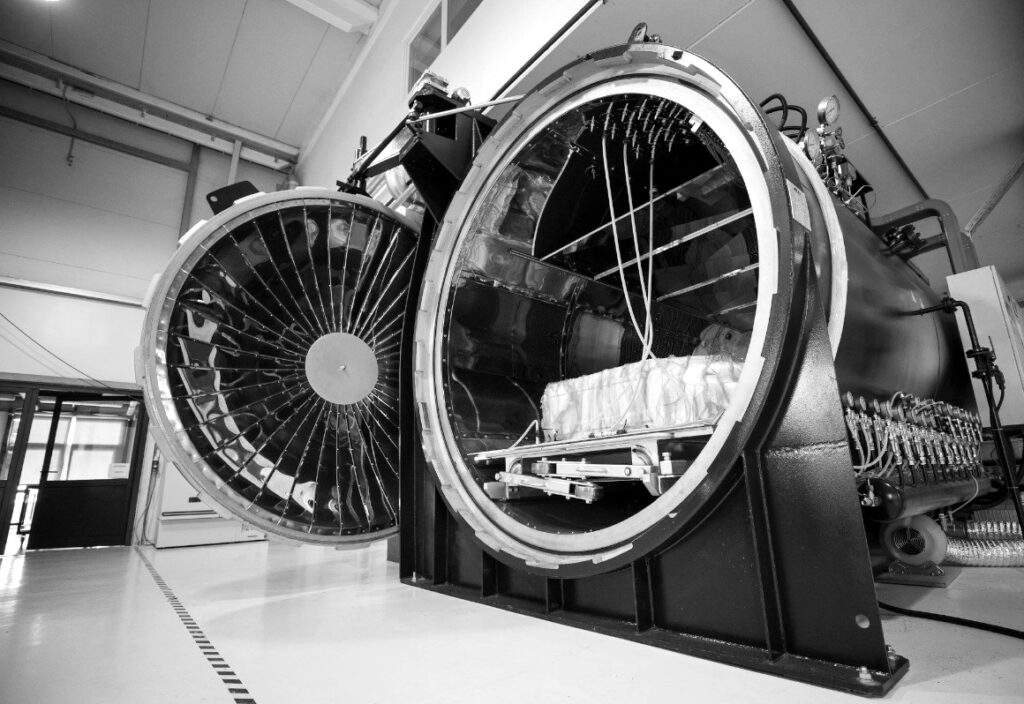
Certainly, the most high-performance composite material for manufacturing is Carbon Fiber. When traditional raw materials fail to meet the need for extreme lightweight and high strength, many industries have turned to this technology, initially used by NASA.
Certainly, the most high-performance composite material for manufacturing is Carbon Fiber. When traditional raw materials fail to meet the need for extreme lightweight and high strength, many industries have turned to this technology, initially used by NASA.
The main characteristics of composite materials are:
Production technology and composite materials are constantly evolving, and for Carbonmade, technological innovation represents a priority and corporate philosophy.
This production process can ensure high-quality performance characteristics of both structural and aesthetic components.
The autoclave allows for the polymerization of materials through controlled and uniform temperature and pressure cycles.
It is an extremely versatile technology as it allows for the simultaneous production of objects of both small and large dimensions with complex geometries, all distributed within the autoclave during the same curing cycle. Depending on the type of materials, structures, and internal fillers, a specific ramp is associated to catalyze the internal resin.


Application of release agent

Cutting of pre-preg fabrics and fillers

Lamination on the mold

Application of the vacuum system

Autoclave polymerization cycle

Extraction from the mold

Drilling and final finishing

Application of release agent

Cutting of pre-preg fabrics and fillers

Lamination on the mold

Application of the vacuum system

Autoclave polymerization cycle

Extraction from the mold

Drilling and final finishing



In the specific case of bicycle saddles, we have seen in recent years an evolution aimed at improving the quality of materials and the surface conformation on which the cyclist sits, to offer greater comfort and pedaling efficiency. However, this evolutionary path has kept unchanged the system with which the saddle is attached to the seat post, through two forks, which allow both translation and rotation of the saddle itself, acting as rails.
The innovation of the Air Saddle lies in simplifying this concept. This monocoque construction allows both weight reduction and achieving a sharp, innovative, minimalist design, where functionality and aesthetics converge to the same result.
The Air Saddle represents the pinnacle in terms of design and performance, material quality, and production technology, and it is the current benchmark for sportiness and lightness in the field of racing bike saddles.
This project is covered by several patents for industrial invention and will soon be available in the market for the main leading manufacturers in the sector.